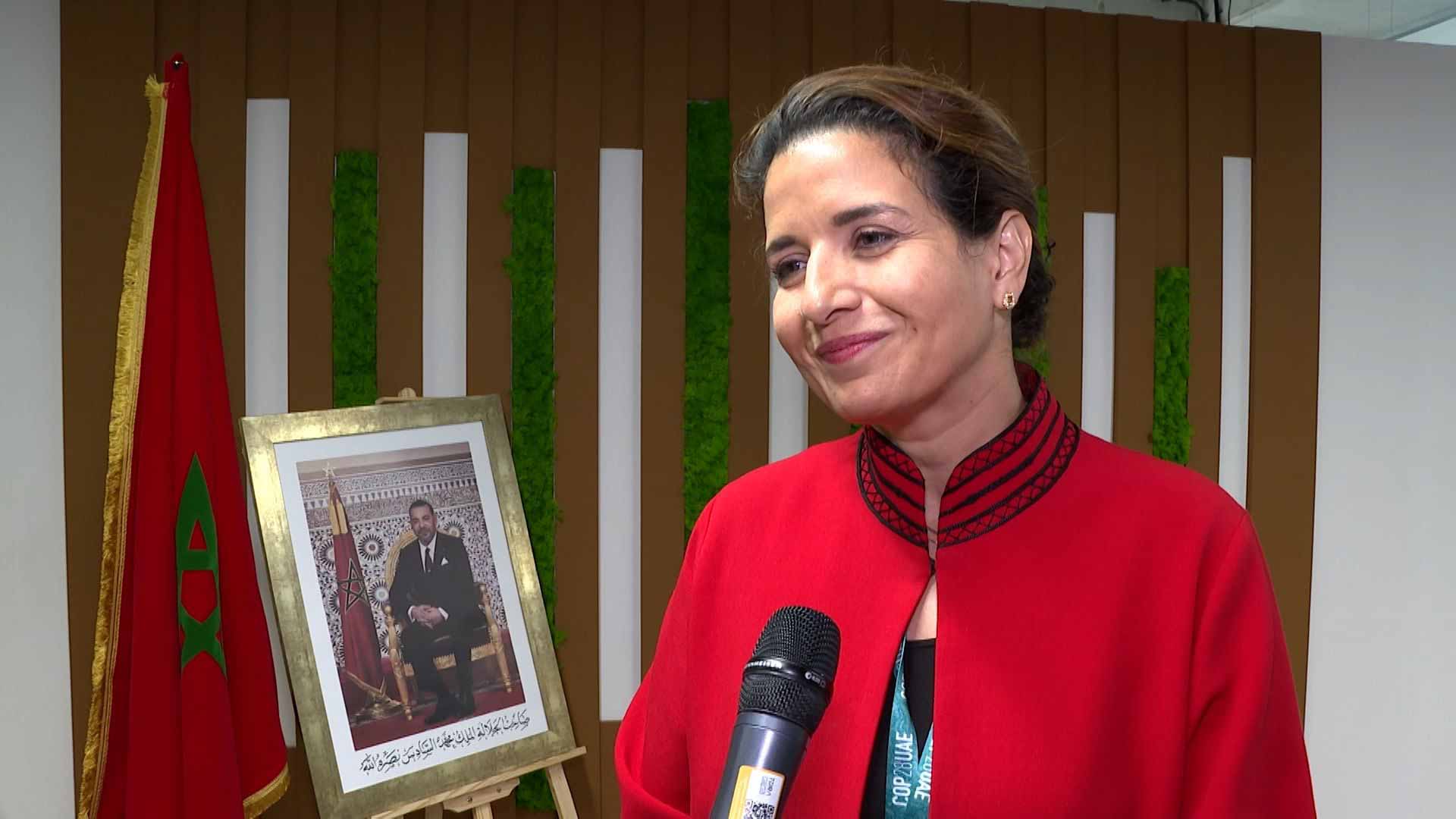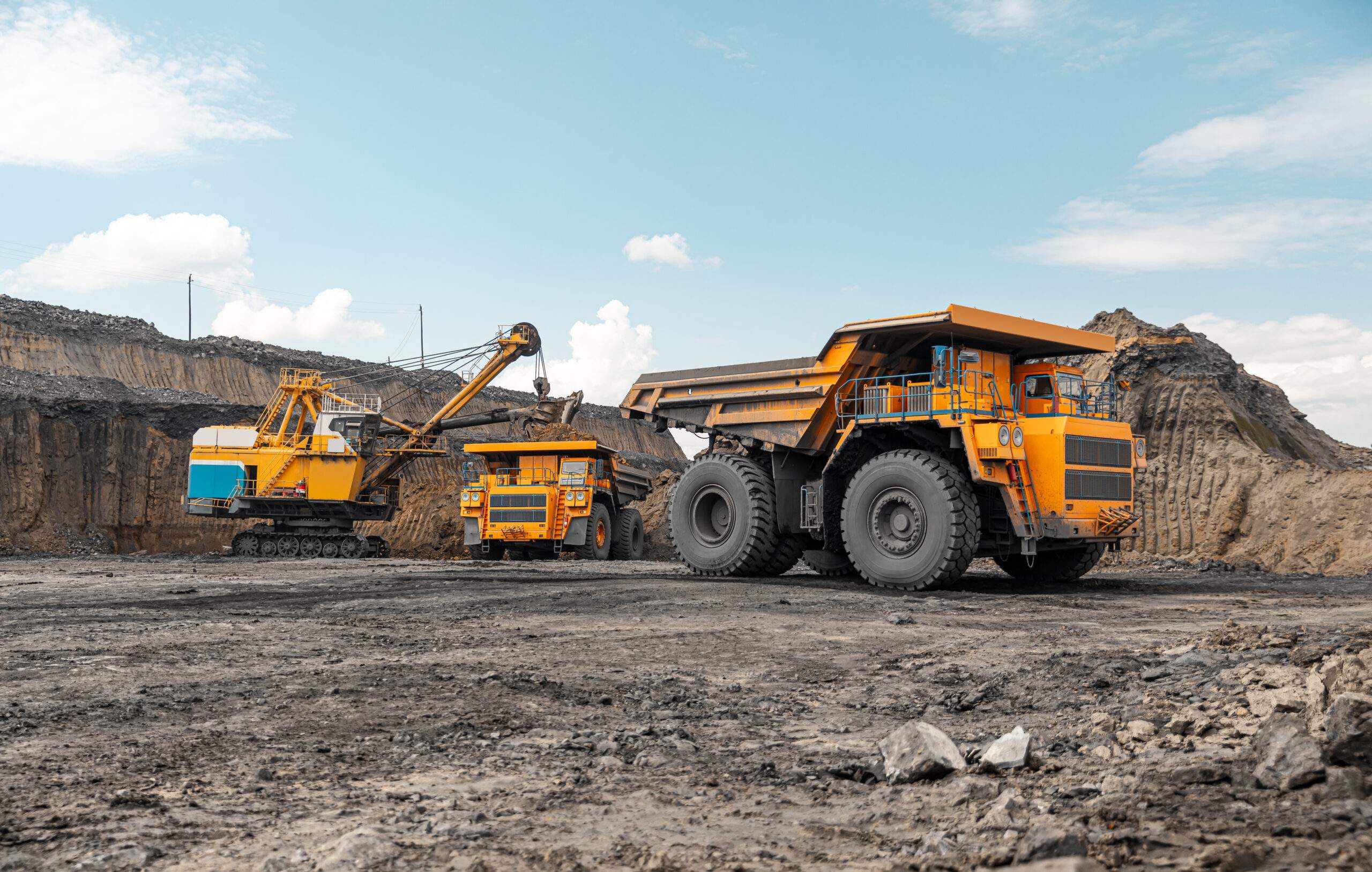WMI Seminar – innovating for the future of mining
As the University of the Witwatersrand (Wits) celebrates 100 years since its doors opened in 1922, the Wits Mining Institute (WMI) recently hosted its inaugural annual Seminar, which highlighted the value of innovative research in developing mining technology for the future of the industry.
Speaking at a WMI Seminar held at the Wits Club during the last week of September, WMI director Professor Glen Nwaila noted that although the mining industry in South Africa had some turbulent times during its 100 years, the WMI continued to innovate while holding at its core the sustainable provision of minerals to support the future wellbeing of the industry. “The WMI looks to specifically create the environment to foster the characteristics for research, innovation and development, alongside excellent relationships with our stakeholders”, he said.
Under the theme of ‘Turning research curiosity into 21st Century minerals industry performance, relationships and technology’, Nwaila noted that it could not have developed advanced technologies for the 21st Century model of mining – which included SmartMine Internet of Things (IoT), wearable technologies and sensors, safe blast imitation and optimisation and point-cloud surveys, without ongoing, multidisciplinary partnerships.
He further highlighted that through this research, innovation and development, and ongoing public-private partnerships, Wits was not only able to progress cross- and trans-disciplinary research and solutions for the mining industry but was also able to address new and emerging challenges.
This included stumbling blocks under the umbrella of environmental, social, and governance (ESG), the circular economy, mine waste, sustainable process engineering, orebody modelling and geotechnical engineering. Another challenge faced by the industry as mines continue to develop, is the question of capacity development.
“The WMI cannot stagnate, as the mining industry continues to be in flux. The research will continue to develop alongside industry, which is developing at a rapid pace.”
He added that not being hindered by conventions, data and capabilities of any discipline have been some of the key factors in its success. “Here at the WMI, we have a curiosity, a technical capability and determination to thrive. Understanding market realities and the management of high-risk and exploratory data-driven projects has also put us at the forefront,” he pointed out.
Industry perspective
Delivering his keynote speech on the first day of the event, diversified miner Sibanye-Stillwater CEO Neal Froneman highlighted that the Sibanye-Stillwater DigiMine laboratory at Wits was a prime example of one of Sibanye’s strategies to create a better mining world. “Fundamental and applied research within the DigiMine laboratory provides us with strategic intelligence on relevant digital advances to institutionalise innovation.”
Sibanye-Stillwater, which is sharpening its focus on the battery metals space, is further pursuing its 3D strategy to address forces of change within the industry. Dubbed ‘grey elephants’ – a highly probable, high impact, yet neglected catalyst – Froneman pointed out that the company was working towards finding innovative solutions to counter these challenges.
This included an ageing workforce, more pandemics, an angry planet, inequality, multipolarity, angry people and intelligent advances.
“Our 3D strategy is designed to harness opportunities, manage a complex environment, and facilitate continued growth. We intentionally find new ways to do things better,” he said.
Illustrating some of the work carried out at the DigiMine laboratory, aimed at making mining safer and more sustainable through the use of digital technologies, Katekani Maswanganyi, a shift supervisor at Sibanye-Stillwater’s platinum division, highlighted how, through digital technology and innovation, mines are no longer working hard but smart, tackling challenges such as mining at depth, mining lower-grade reserves, labour disputes and unauthorised access to mining facilities.
Having achieved her MSc in Mining Engineering through the DigiMine laboratory at Wits, Maswanganyi further highlighted how the digitisation of the mining industry has also advanced the role of women in mining. “Mining will always remain a labour-intensive working environment, with 43% of female recruits not being physically fit for the nature of the work,” she said.
“With modernisation in the mining industry, which offers various levels of automation, we will be working alongside machines, with hazardous work being done remotely and physical strength no longer being a mandatory requirement,” she noted. This she highlighted, would not be possible without ongoing research and facilities such as the Sibanye-Stillwater DigiMine laboratory.
South African Mining Extraction Research, Development & Innovation (SAMERDI)
The WMI Seminar also served as the launch platform of two new research centres established through the SAMERDI strategy.
Hosted by the WMI, the two SAMERDI Research Centres (SRCs) will focus their fundamental research on the themes of Real-Time Information Management Systems (RTIMS) and Successful Application of Technology Centred Around People (SATCAP), respectively. These are two of the thematic areas pursued by the Mandela Mining Precinct (MMP) in Johannesburg, which is administered by the Council for Scientific and Industrial Research (CSIR). The initiative is also funded by the Minerals Council of South Africa (MinCoSA) and the Department of Science and Industry (DSI).
Speaking at the conference, MinCoSA Senior Executive: Modernisation and Safety, Sietse Van Der Woude noted that the launch of these Centres re-emphasised the importance of public-private partnerships to further innovation and research. “To ensure that our mining industry is and remains globally competitive, we need to ensure that our young people are developed in the right capability and capacity to ensure that they can come up with innovative solutions, which mining companies can implement. Some of these may be core-level innovations, and other ones may be transformational at their outset. We will continue to support initiatives that will enhance the capability and capacity of South African mining to be globally competitive,” he added.
During his address, Johan le Roux, director of MMP and CSIR, noted the MMP’s strategic objectives and said: “Initiatives like we have here today are significant in re-establishing the mining research capacity that was lost over the last few decades.”
Skills Development
Referring to the ‘grey elephants’ raised by Froneman, Prof Gill Drennan, Head of the School of Geosciences at Wits, believed the answer was in skills development. “Wits is aligning its teachings to develop with the changing world, allowing for multiple skillsets. Therefore, we are reviewing, revitalising and refreshing our curricula to allow for ongoing continuous assessment to increase learning during classroom time and enhance student motivation, combining theory and training embedded in a real-life work environment in interconnected educational ecosystems and encouraging self-directed training and nano-degrees – a certified online education programme that helps students develop specialised skills for lifelong learning,” she said.
During the three-day seminar, other cutting-edge research on topics critical to mining in the 21st Century was also discussed by industry partners, including Soteria Advanced Technologies, DetNet and TLS Leica Geosystems, OIM Consulting, Ramjack Technology Systems and Schauenburg Systems.
Realising advances in technology
Speaking at the event, Wits Alumni and DetNet Senior Mining Engineer/Product Support Technician Ntombifuthi Mathebula pointed out that over thousands of years, the fundamental purpose of mining has remained the same: removing metals and minerals from the ground and separating those that are desirable from waste.
“Globally, over the past two decades, increased scrutiny of environmental and social issues has led major mining companies to adopt sustainability. At the same time, new technology trends and economic developments are shaping the future of mining. Greater productivity, improved safety and sustainability are realised from these advances in technology.”
Share this content:














